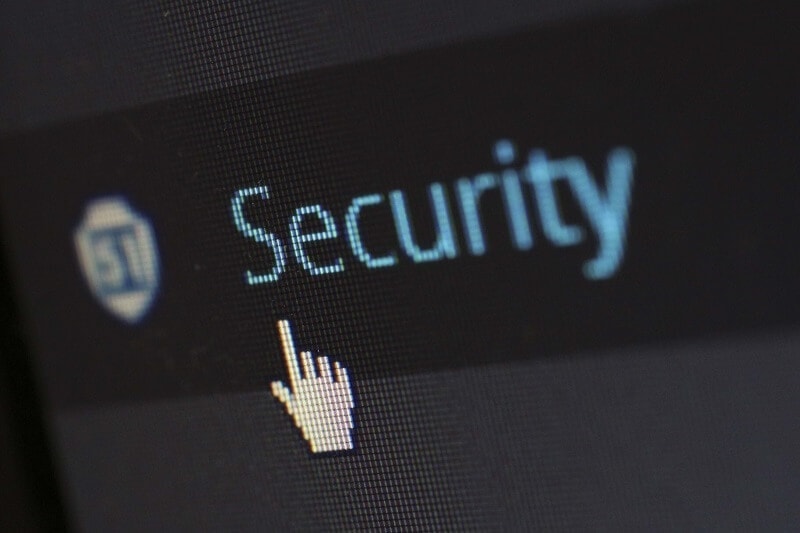
If you’re wondering whether your computer has been hacked, we have some bad news and some good news. First the bad news: if you suspect you’re infected, then you’re probably right (check with this free vulnerability scanning tool). The amount of new malware on the internet – particularly the kind intended to infect home computers and small businesses – is growing rapidly. Over 350,000 new malware samples are created every day, with a total of 856.62 unique viruses discovered in 2018 alone.
The good news: information security is slowly catching up to the attackers. Although there’s a lot of unique malware out there, not all of it is dangerous. Some of it is quite clumsily put together, and security researchers usually find that a “new” malware sample is actually just a number of modules from older malware put together.
This means that even new malware will usually behave in ways that are well-understood – so it will be easy to find and put together instructions to remove it once you identify what’s going on. Remember, viruses don’t work instantly, so prompt action is the best way to make sure that you don’t lose money or personal data even if your PC or Mac has been infected.
With that said, here are the best ways to tell if your computer has been hacked.

Pexels
Your Browser, Homepage, and Targeted Ads Look Different
Here’s one of the obvious signs – browsing the internet changes. When you open your browser, you may see a toolbar at the top that you don’t remember installing. Your homepage may direct you somewhere different, and familiar websites might start displaying unfamiliar (and potentially quite explicit) ads.
This is a pretty common kind of infection called adware. It’s easy to contract by clicking on a malicious link, visiting the wrong website, or even just visiting the right website at the wrong time. An attack called a drive-by-download involves buying ad-space on a legitimate website, and then placing an ad on the site designed to infect the browser of everyone who visits.
As easy as it is to get infected by adware, it’s also easy to uninstall it. If you use an uninfected device to search for the name of the unfamiliar toolbar in your browser, you should quickly find instructions to uninstall it and any other unwanted programs that may have come with it. That said, the best and easiest way to remove adware and prevent any future infections is to use a trustworthy antivirus program like Norton 360.
Your Computer or Internet Connection Slows Down Dramatically
If your PC or Mac has been hacked, you may notice that your computer or internet connection has slowed down dramatically. It’s important to note that this is most likely a sudden change – one day your computer will be fine, and the next day your computer’s fans will kick into overdrive during even the simplest tasks.
This is very likely a sign that your computer has been infected by a technique known as cryptojacking. If you’re familiar with the idea of cryptocurrency such as Bitcoin, you may know that generating cryptocurrency involves directing a computer to solve complex mathematical problems. Since this requires owning a relatively expensive computer, attackers will often decide that they would rather use someone else’s computing resources for free – namely, yours.
30% of companies got hit by cryptojacking malware in 2018, and the number of infected home computers is probably much higher. As this is a very popular and active form of cyberattack, your best defense is to use one of our top ten antivirus programs to defend your home PC – my top choices against cryptojackers are Norton and Bitdefender.
You Notice Unusual Activity in Your Bank Account

Pexels
One day, you might notice that money is missing from your bank account, you’re paying for services you didn’t sign up for, or that you’ve bought things that never got delivered to your house. If any of these things happen to you, you may be the victim of credential theft.
Credential theft occurs in a number of ways. Some of them don’t require installing malware on your computer – instead, an attacker will compromise a website, find the username and password you use there, and then see if you use them anywhere else. If “anywhere else” includes your bank, then you’re out of luck.
Even if you have good password habits, your credit card details could be at risk. A kind of malware known as a keylogger can record every time you press a key on your keyboard – so if you navigate to a website and put in your username and password, the keylogger will know exactly where you’re visiting and how to get in there.
If you suspect you’re a victim of credential theft, you should first visit a website called haveibeenpwned.com. This site will let you check and see if your username or password has been leaked as part of a cyberattack. If you suspect that you’ve been infected by a keylogger instead, you can install a program that encrypts your keystrokes. This won’t get your stolen credentials back (you’ll want to change your password and call your bank), but it will prevent future attackers from stealing your passwords via the same method.
To prevent credential theft, it’s best to install an antivirus that comes with a good password manager, like Norton 360 – this way, you’ll prevent keyloggers from recording your keystrokes and make sure your passwords are 100% secure.
Cyber Defense Requires a Strong Foundation
The only way to make sure that you’ll never have to worry about your computer being hacked, your processor being hijacked, or your identity being stolen, is to make it very hard for the hackers to do in the first place. Preventing malware infection before it happens with tried and tested antivirus software like Norton is much easier than removing it after the fact.